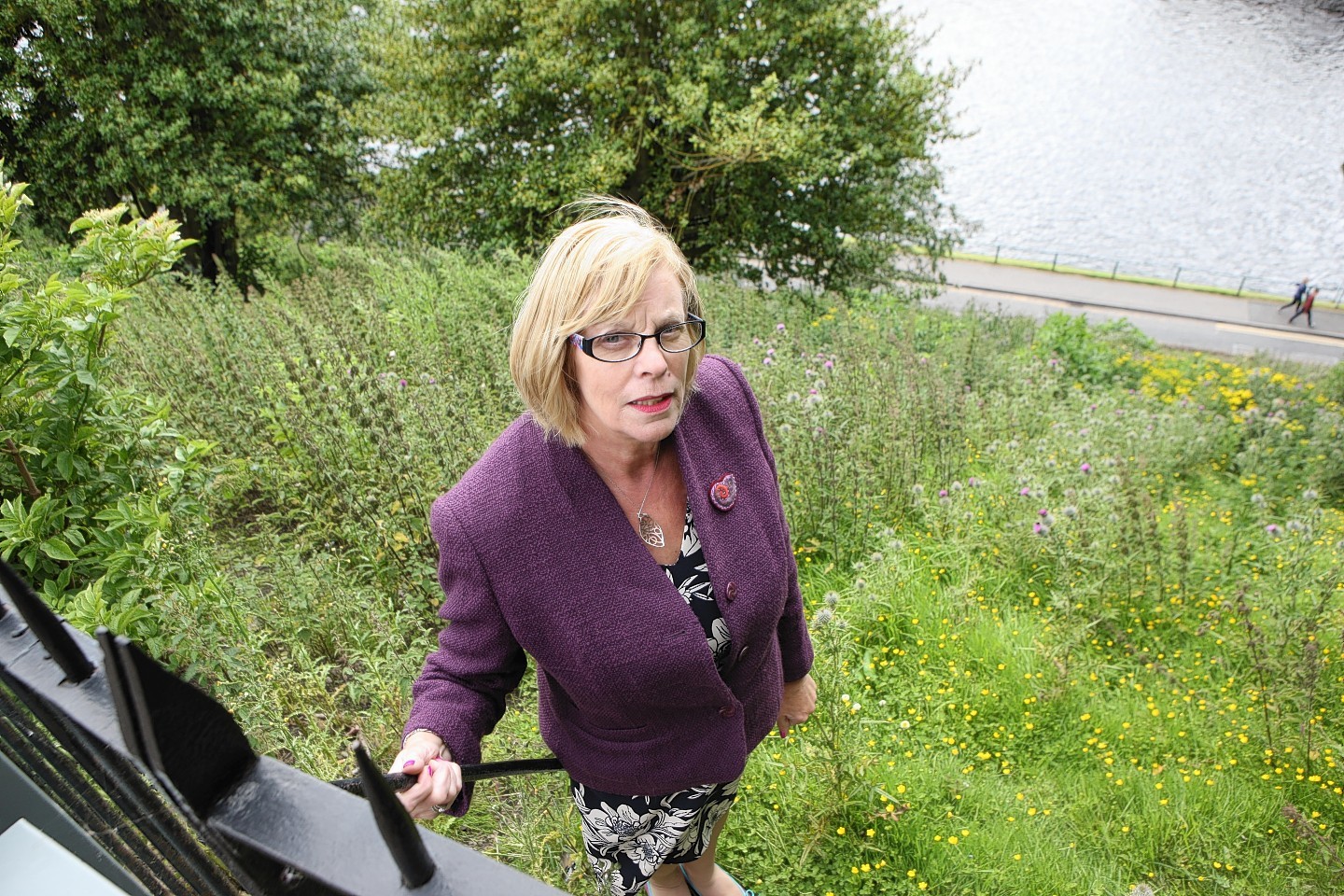A “health check” on the vibrancy of Highland towns and Inverness city centre has discovered stark contrasts in fortunes across the region.
The top locations were found to be Fort William, given 44 marks out of 50, and Alness, with 41 points.
Bottom of the “report card” were Portree on Skye, with 26, and Wick in Caithness, with 27.
The research found a significant number business and retail units remain empty across the region.
The major study assessed the strength, vitality and performances of town and city centres.
It researched 10 different areas, including public transport, parking, cycling facilities, historic environment, open space and green infrastructure, pavements and streets and night-time economy.
Inverness was found to have 55 of 725 available retail units vacant.
For the region’s 14 towns assessed, a further 115 retail buildings were found empty, with 1,073 occupied.
The “health check” rated the Longman area of Inverness poorly, but highlighted that it had potential with the opening of the new justice centre next year and high hopes to fill the former Inverness College.
The Inverness “report card” also highlighted the high number of betting shops, charity shops, payday loan services and second hand/pawn shops in the city centre, particularly located in the Academy Street and Church Street areas – stating these are “considered to reflect badly upon a city centre”.
Councillor Allan Henderson, chairman of Highland Council’s environment, development and infrastructure committee, said: “Checking the strength and vitality of our town centres is essential to enable better decision and policy making.”
Inverness Councillor Bet McAllister was “disappointed” with the figures regarding vacant business units.
But she added: “Our city centre has great strengths – and the development of Inverness Castle as a tourism hub, the new justice centre, the plans for Academy Street and the new hotels, all add up to a bright future.
The health check was carried out on Inverness and the towns of Alness, Beauly, Brora Dingwall, Dornoch, Fort William, Golspie, Invergordon, Nairn, Portree, Tain, Thurso, Ullapool, and Wick.
Praising Fort William, the report said it had “a substantial offering in terms of comparison retail and a host of leisure services”.
It added: “It has a below average vacancy rate although the presence of independent retailers is small by Highland standards.
“It scored highly for almost all the qualitative factors available, with excellent public art, good parking facilities and more walkable than any of the other studied centres.”
Portree was given poor marks on pavements and streets and ease of movement.
Of Alness, the report said it was “one of the healthier town centres assessed”.
Local Councillor Carolyn Wilson was not surprised by the results, saying: “We have recently been named best High Street in Scotland, and it is down to the hard work of locals.
“We have historically had bad times, including problems with drugs, but the town and the population is helping change our fortunes.”
The report said of Brora: “It had the highest level of unit vacancy of any of the town centres, more than one third.
“It scored poorly in terms of cycling and pedestrian movement – the A9 runs through the town centre and is busy at times, meaning crossing the road can be a challenge and cycling may present problems.”
Councillor Deirdre Mackay said: “We have recently welcomed the multi-million pound investment by Diageo which will see the rebirth of the world renowned Brora Single Malt whisky and the construction of a state of the art Visitor Centre which will form one of the four prestigious Johnny Walker corners of Scotland.”
